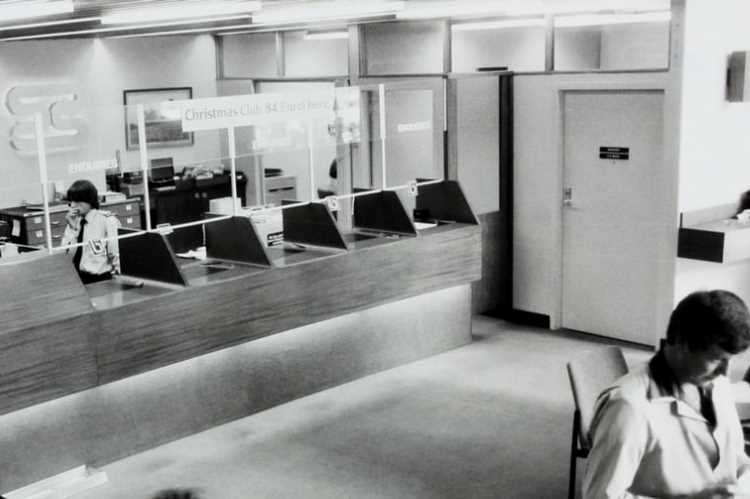Naliniprava Tripathy, Ayush Dharnidharka & Sushant Sant:
The recent meeting of the monetary policy committee of the Reserve Bank of India unanimously decided to keep the policy rates unchanged and also continued with an accommodative stance till the economic growth is back on track. It also maintained the consumer price index target at 4% with a band of plus or minus 2%. The MPC made a revision of the liquidity management framework, and other policies and regulations to improve credit flow, reinforce monetary transmission, strengthen supervision and broadening of the financial market.
The daily fixed rate repo and four 14 days term repos have been abolished. The removal of 1% of NDTL will improve the liquidity availability with banks. Incentivisation of credit furtherance to selected sectors has been introduced, which aims at reducing the CRR requirements of scheduled commercial banks on disbursement of loans to automobile, residential housing, and MSMEs. This reduction of CRR will have a multiplier effect on credit creation and will subsequently help in fuelling the consumption engine of growth.
READ: Poverty in India down dramatically, says Oxford study
The loan advancement by scheduled commercial banks to MSMEs has further been linked to the benchmark rate. This will give MSMEs a leg-up. The loans to the real estate sector will not be recognised as NPAs if there are genuine reasons for the delay in repayment. The new guideline in this respect is expected by the end of February 2020. This will provide relief to real estate developers and housing finance companies. This step shows that the RBI is willing to provide time for economic parameters to improve, which in turn will boost the cash-starved real estate sector. The introduction of LTRO and reduction in CRR requirements for automobiles, residential real estate, and MSME sectors will give an impetus on the monetary transmission.
All the steps mentioned above are aimed at empowering the BFSI sector by enhancing its options for credit creation and liquidity management, effectiveness in monetary transmission and boosting the consumption cycle of the economy.
READ: Budget 2020 — What Nirmala Sitharaman failed to see
The RBI recognised that inflation at this point is highly uncertain and maintained the accommodative stance. In this context, the measures provided in the Union Budget and the accommodative monetary policy will bring down inflation to its normal levels by the third quarter of 2020-21. This gives the signal to financial markets that the RBI wants to focus on economic revival. This indicates that there is further scope for rate cuts in 2020, though they may not be on the same level as those effected in 2019. The policy can be described as prudent given the overall economic scenario. Now with the Reserve Bank doing its bit to revive growth, now the ball is in the court of banks and investors to step up economic activity.
(Dr Naliniprava Tripathy is professor of finance at IIM Shillong. Ayush Dharnidharka and Sushant Sant are final year PGP students.)

